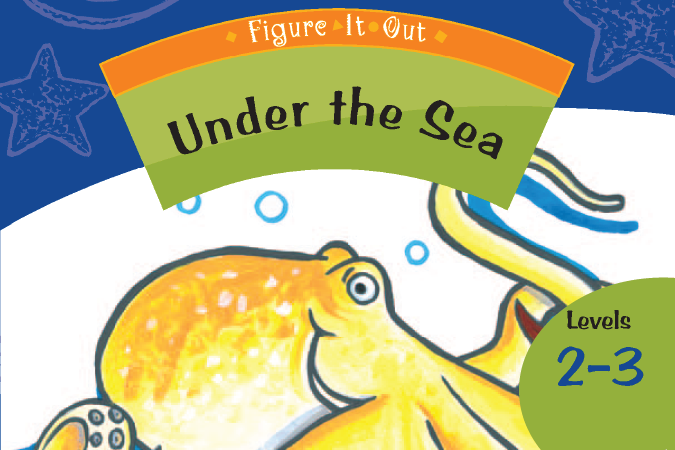Deep-sea diving
This is a level 2 statistics activity from the Figure It Out theme series. A PDF of the student activity is included.

About this resource
Figure It Out is a series of 80 books published between 1999 and 2009 to support teaching and learning in New Zealand classrooms.
This resource provides the teachers' notes and answers for one activity from the Figure It Out series. A printable PDF of the student activity can be downloaded from the materials that come with this resource.
Specific learning outcomes:
- Create graphs for a given data set.
- Answer questions based on the graphs.
Deep-sea diving
Achievement objectives
S2-1: Conduct investigations using the statistical enquiry cycle: posing and answering questions; gathering, sorting, and displaying category and whole-number data; communicating findings based on the data.
Required materials
- Figure It Out, Levels 2–3, Theme: Under the Sea, "Deep-sea diving", pages 16-17
- a ruler
- graph paper
See Materials that come with this resource to download:
- Deep-sea diving activity (.pdf)
Activity
Graphs are an excellent visual solution to the diving depth problem. They depict the relationship between the creature and its preferred living depth.
In the case of Billy Bends, the depth to which Delilah should go is the depth that is common to the two creatures:

To draw suitable graphs for each sea creature, students will first need to decide on the vertical scale. This is determined by the greatest depth at which one of the creatures is found. The graphs for each customer are shown in the answers.
To find the solution to question 3, students may draw a graph for all the sea creatures or scan the table for depth ranges that include 22 metres. This means that the creatures that are likely to be seen at that depth will be whales, John Dory fish, and sea horses.
1.
Between 4 m and 8 m (common to both sea creatures)
2.




The quality of the images on this page may vary depending on the device you are using.


